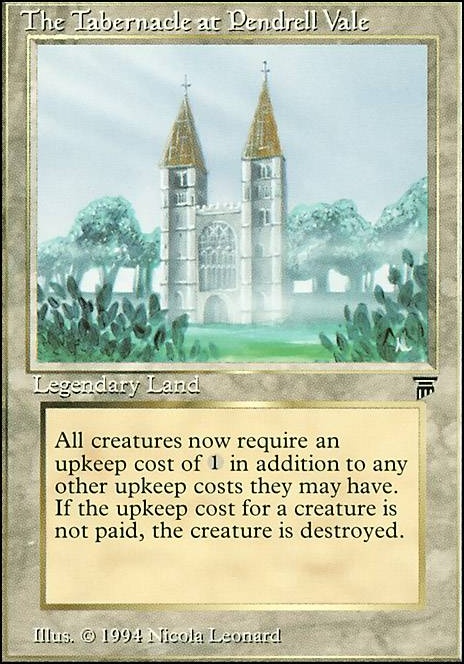Basic lands are as old as Magic itself. Originally, they had rules text which lasted until 6th edition, where the text was replaced with the large mana symbols we now know and love. It was not until 8th edition where we saw lands gain the “basic” super-type and their 5 subtypes to reflect their nature. The first full art lands appeared in Unglued and were the only black-bordered cards in the set. Full art lands have been extremely popular since. Unstable on the other hand introduced lands that had no borders at all, which also proved to be an extremely popular take on the format, that continued to latter sets. A secret layer drop has also introduced my personal favorite version of the basic land, the full text land, yet again pushing the boundaries of what people consider to be a land, and yet again proving quite popular. The mountain, for example, reads “This card's name is Mountain. Basic is its supertype, land is its card type, and Mountain is its subtype. A deck may contain any number of basic land cards with the same name. You may play this card during a main phase of your turn while the stack is empty and you have priority. You may not play this card if it is not your turn or if you do not have any land plays remaining. while on the battlefield, this card is a basic Mountain permanent. Because it has the subtype Mountain, this permanent has the intrinsic mana ability "T: Add R." This ability can be activated any time you have priority or are prompted to pay mana, but only red Mountain is on the battlefield. To activate it, pay its cost, T. (The T symbol denotes tapping a permanent by rotating it 90 degrees. it is then tapped, and it cannot be tapped again until it is untapped.) Once the cost is paid, you add one red mana , which may then be spend immediately or left unspent for later use. As each phase or step of a turn ends, you lose any remaining unspent mana.”

